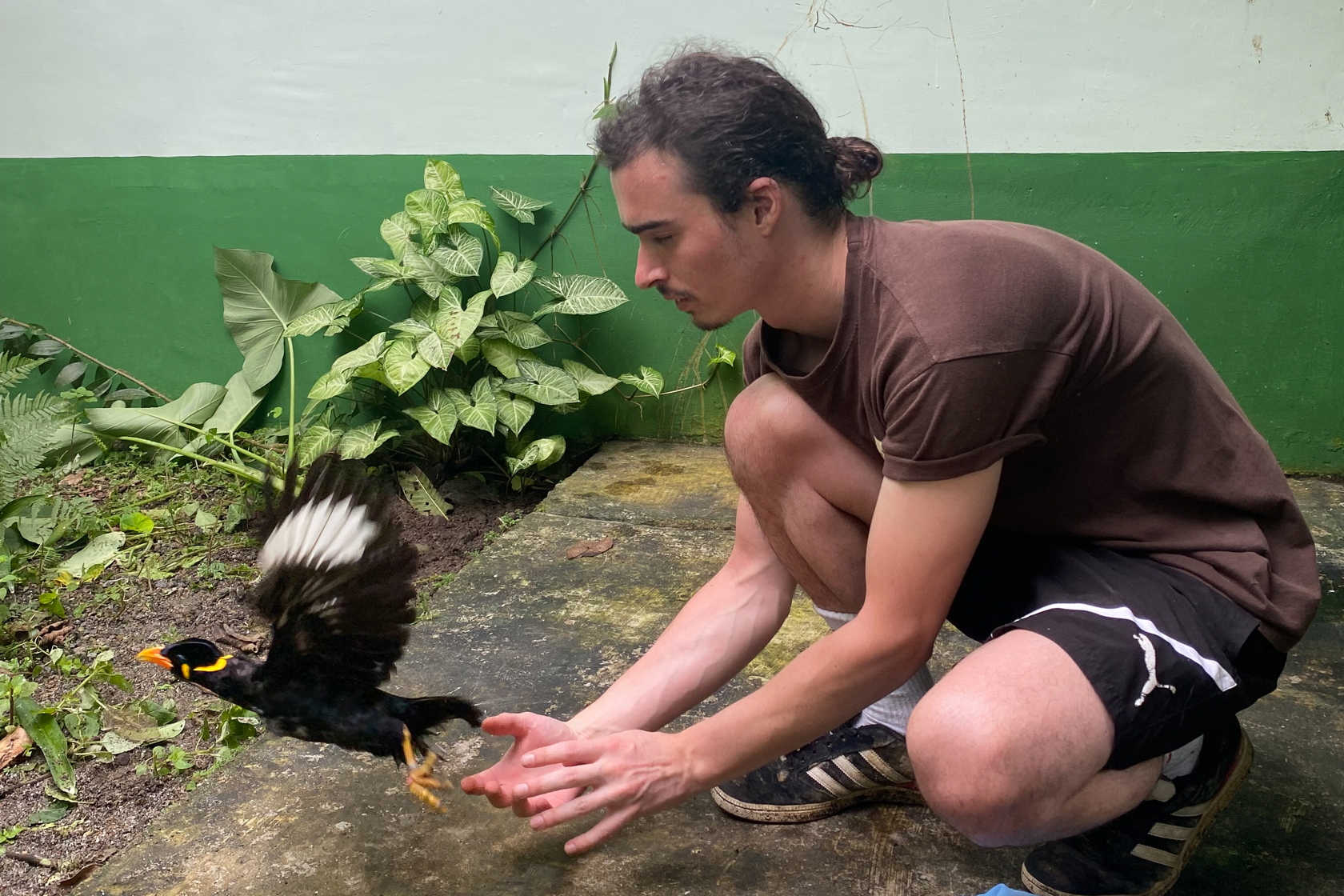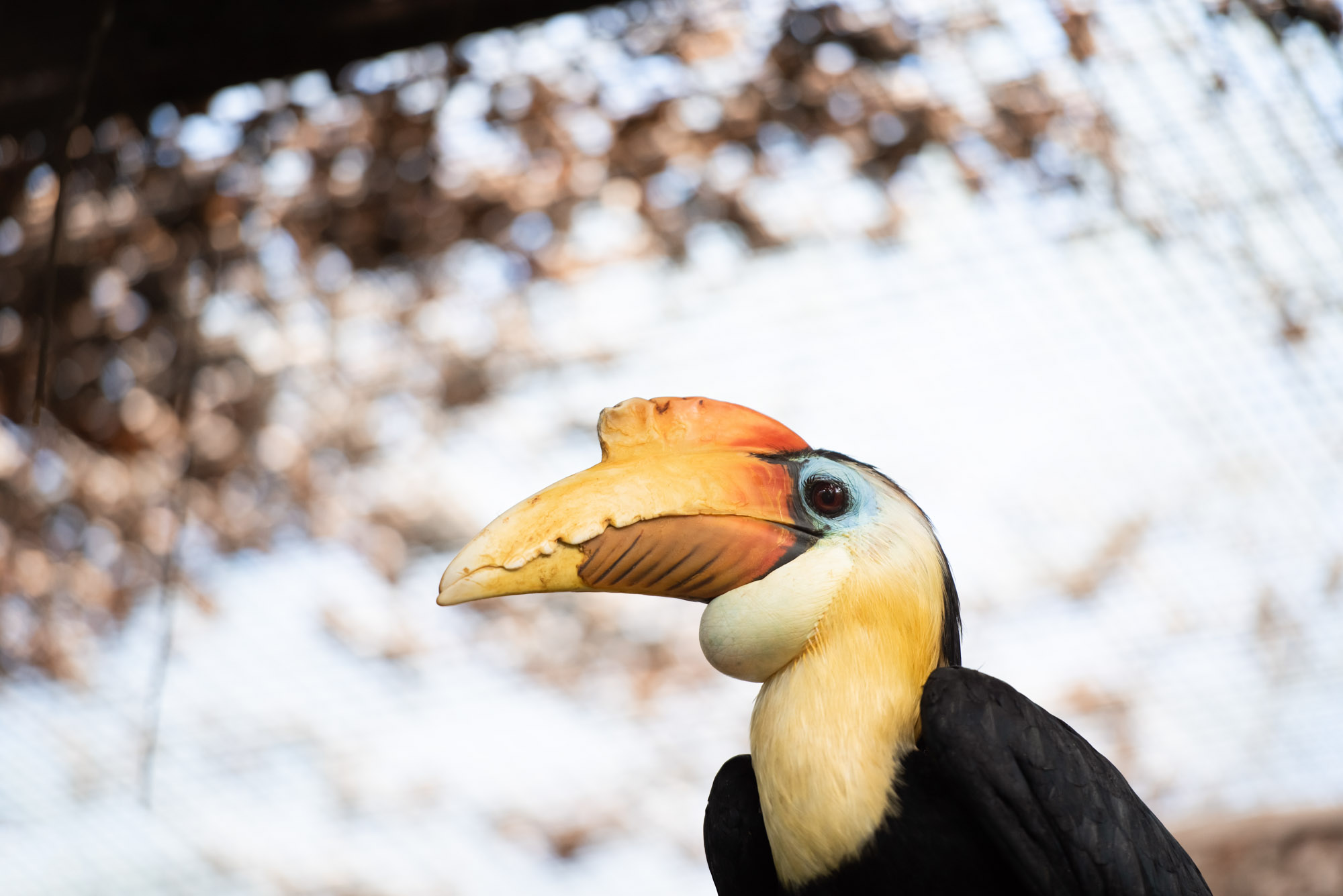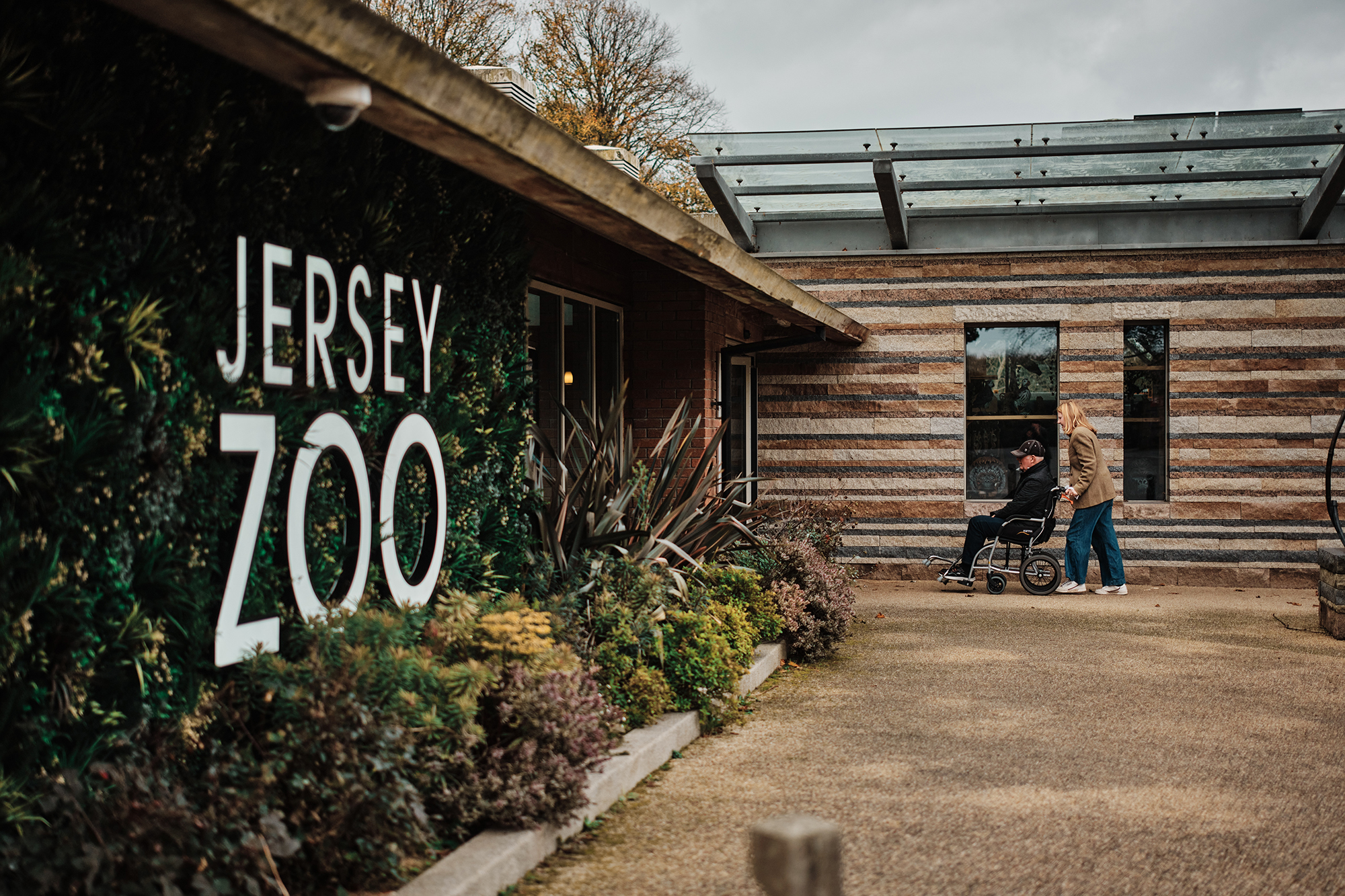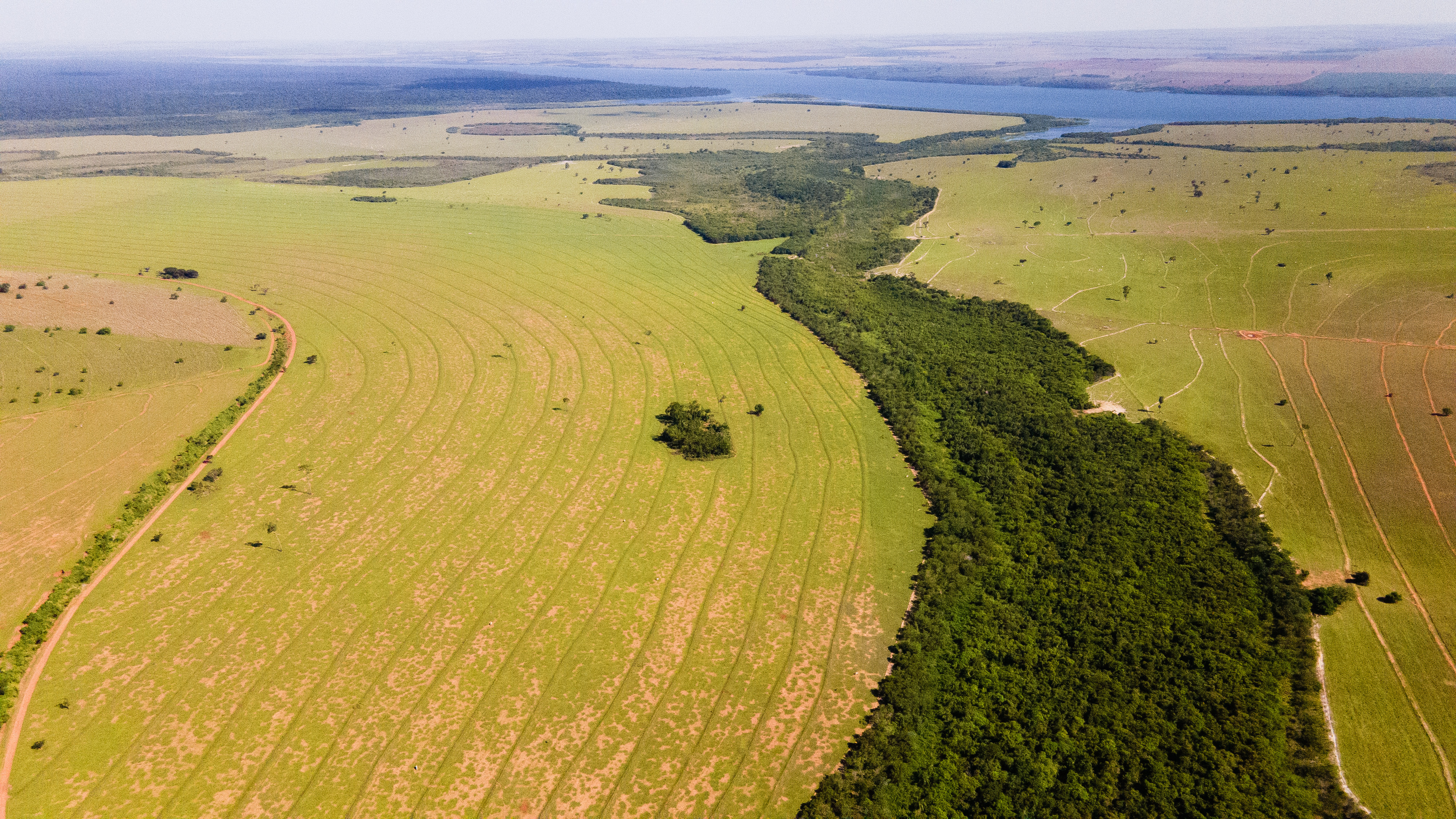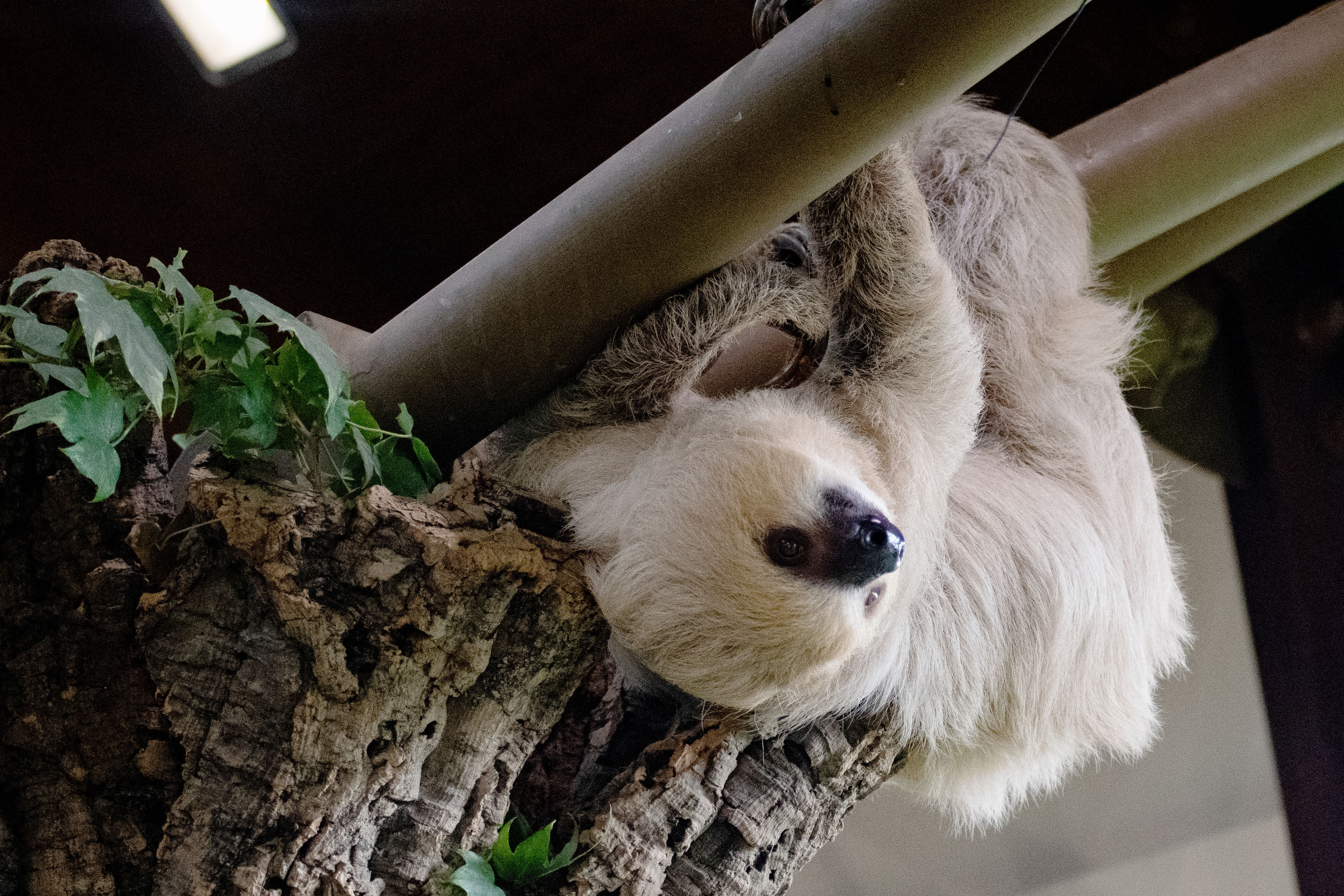Bird Keeper Sam's return to Sumatra
Wednesday 9 April 2025
At the end of last year, Jersey Zoo Senior Bird Keeper Sam Atherton returned to Sumatra to share the zoo's husbandry knowledge with partners and further develop the breeding and rearing of rare Southeast Asian songbirds.
Sam spent most of his time at The Orangutan Haven with the Sumatran Orangutan Conservation Programme (SOCP), which has the only songbird conservation facility in Sumatra. He then hopped over to the beautiful island of Simeulue to support Ecosystem Impact at their facility.
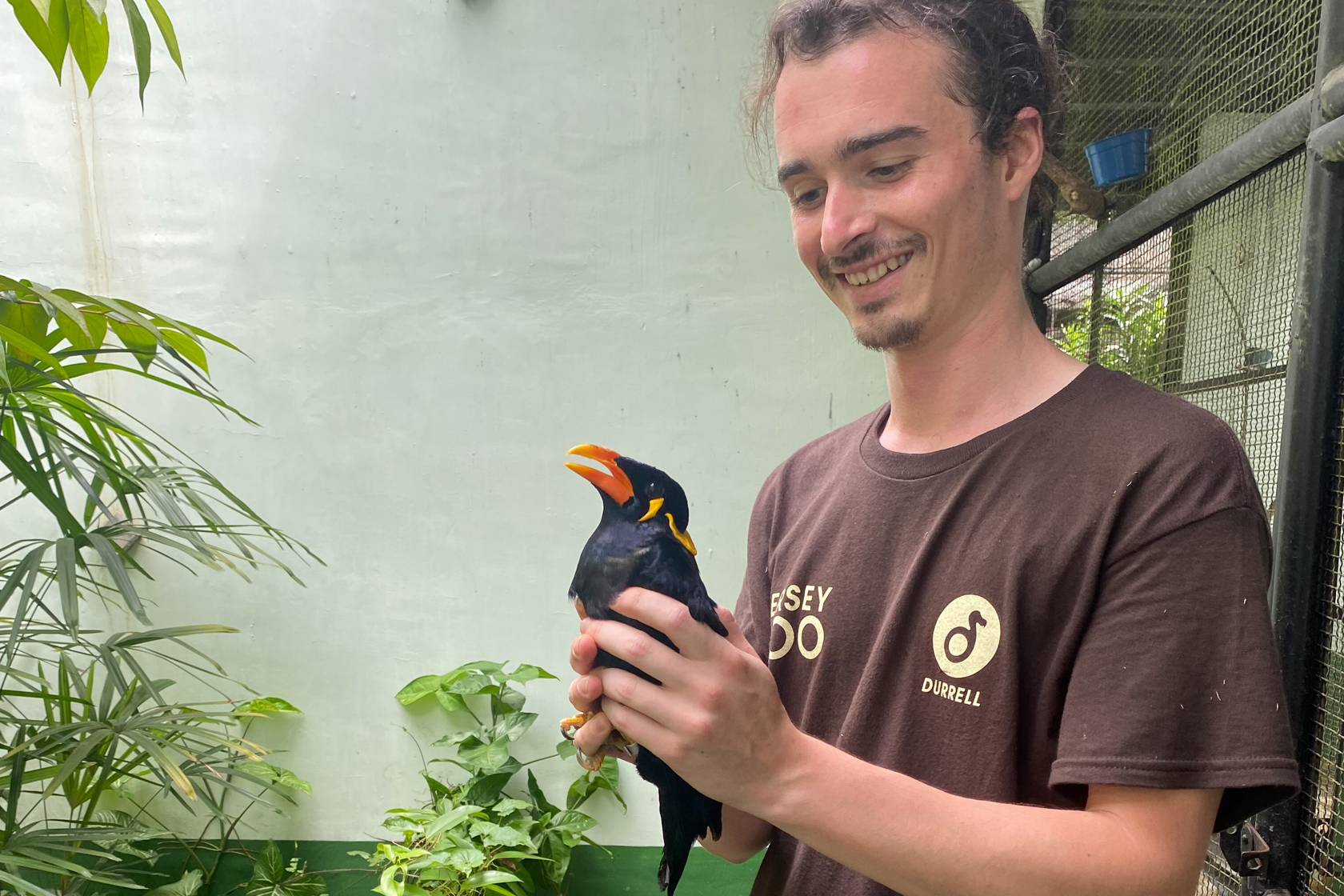
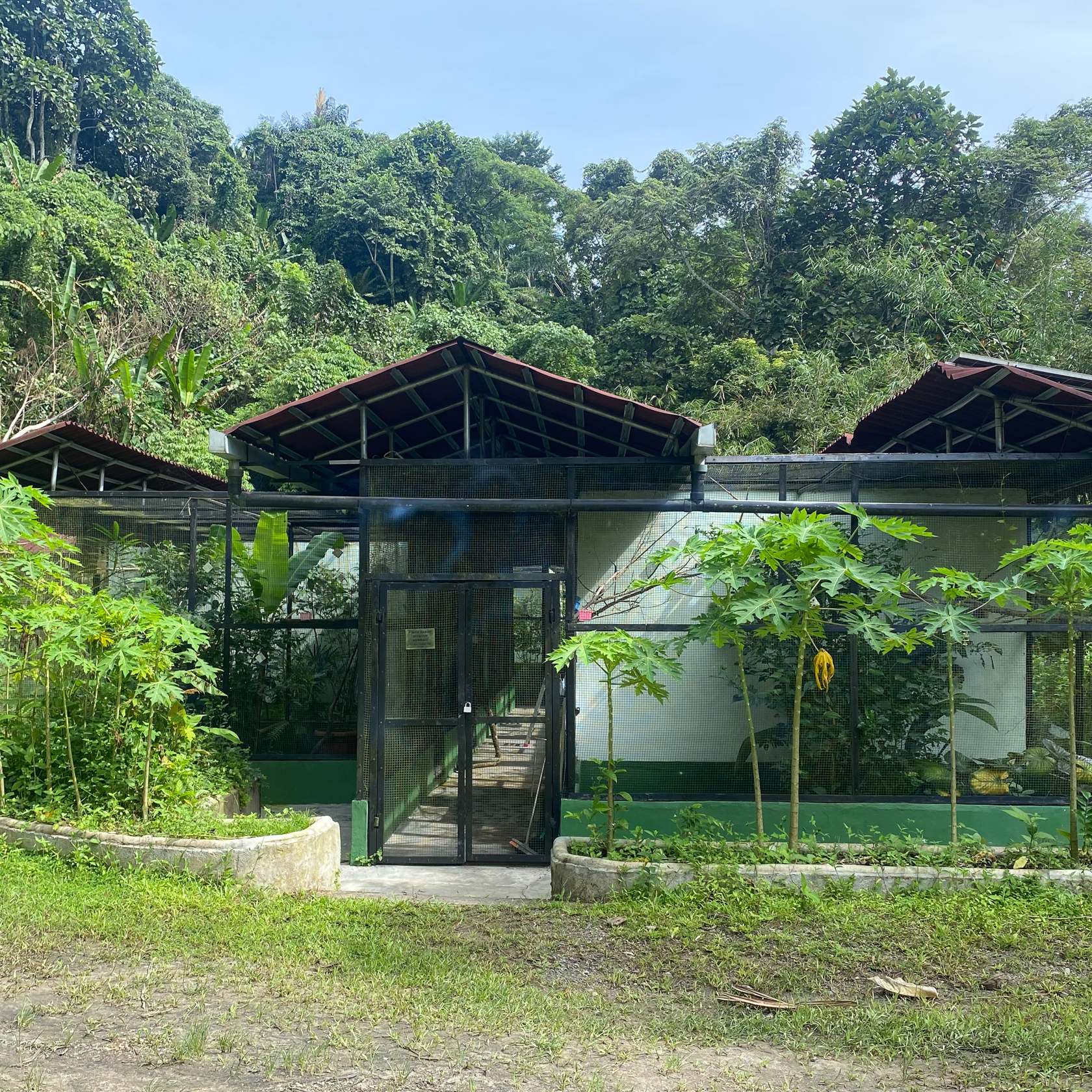
One of the most threatened groups of animals in the world, a growing number of songbird species are threatened with imminent extinction. Hundreds of thousands of birds are caught in Sumatra each year, most of which are exported to Java’s bird markets, with an estimated 84 million birds held in captivity on the island of Java alone. Songbirds are sought after for different reasons, primarily as pets, for commercial breeding, or used in singing competitions. The last is particularly lucrative.
Durrell’s Sumatran songbird conservation is vital in saving species from extinction. Knowledge gained from caring for animals at Jersey Zoo aids conservation work worldwide.
On Sam’s previous visit to the Haven, the main focus was to lay the foundations of a bird department. Since then, the Haven has welcomed four new species.
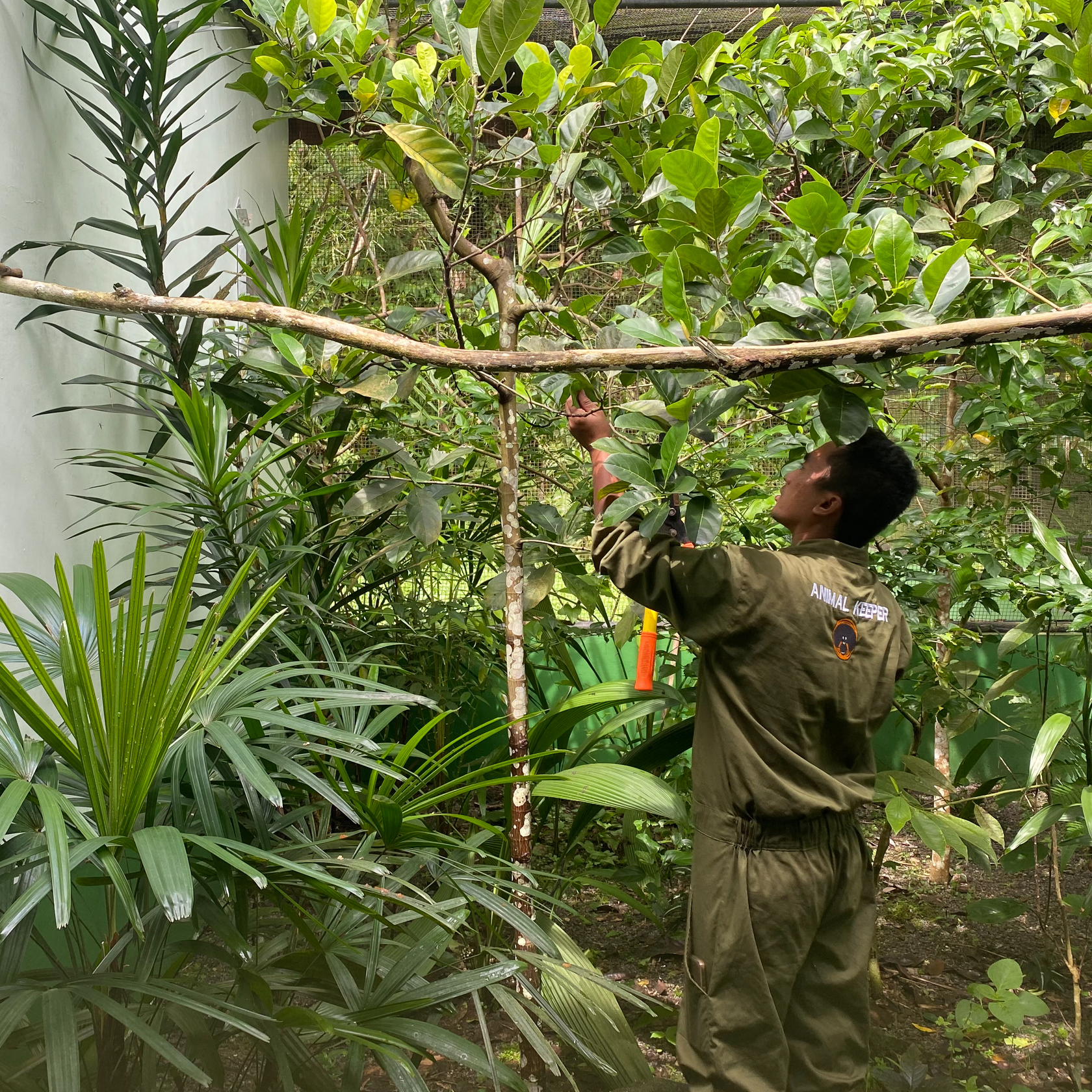
Looking back on his return to North Sumatra, Sam said:
“This year, we focused on breeding management to prepare for the breeding season. This is a nuanced process; a long checklist of perfect conditions must be met for breeding success. A significant amount of time was dedicated to training the staff to achieve this through enclosure design and by recognising the appropriate behaviours exhibited by the birds.
“Like humans, bird species can be very picky when it comes to choosing partners. This greatly depends on how they would come across the opposite sex in the wild, for example Nias mynas live in large flocks where each female has several males to choose from. To replicate this dynamic at the Haven, we adjusted their setup by placing all six Nias myna into a row of four aviaries for some matchmaking.
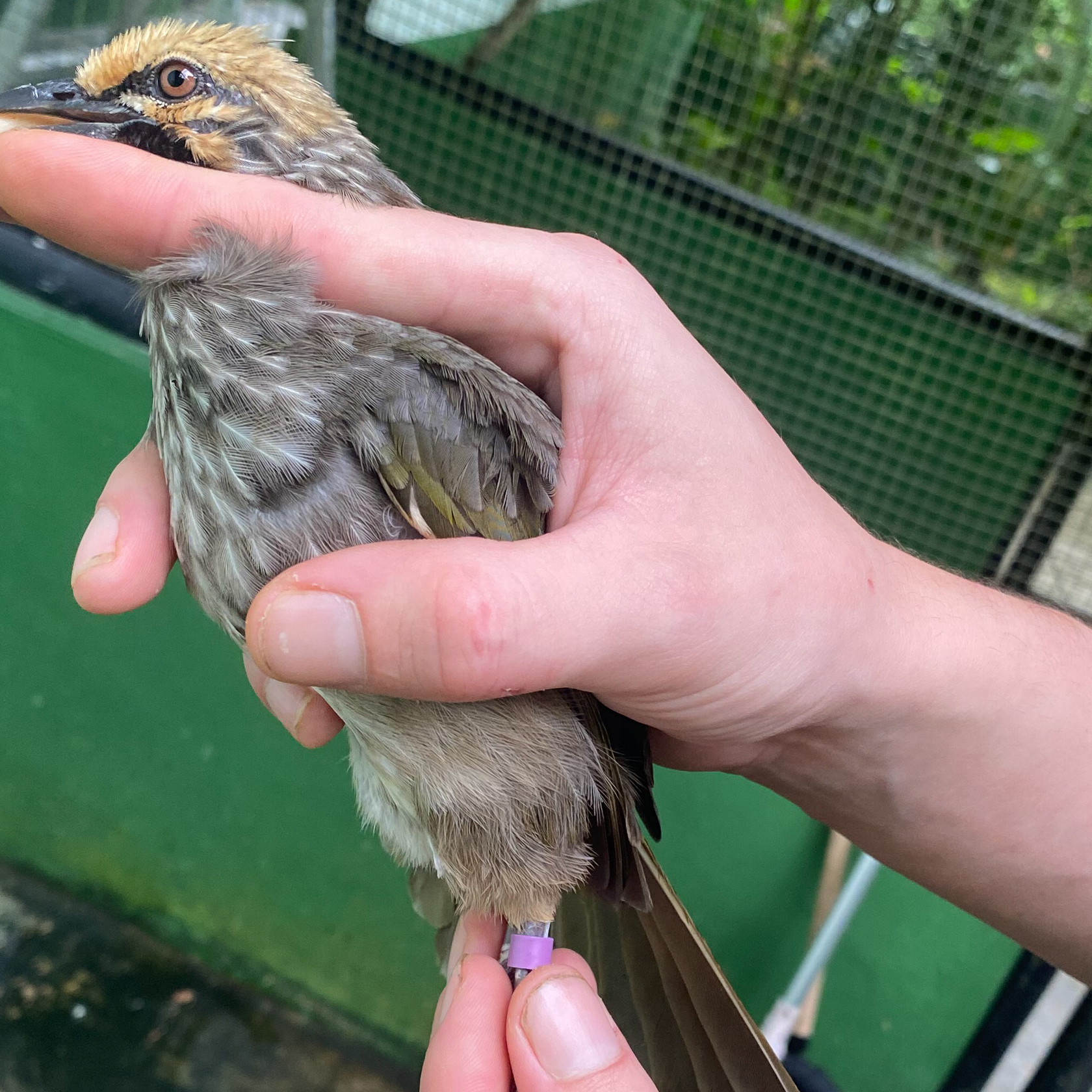
“Ecosystem Impact focuses on creating long-term solutions for threatened wildlife and ecosystems in Simeulue, a small island off the northwestern coast of Sumatra. By integrating the local community into their conservation projects, they are able to protect species such as the leatherback and green turtles that lay their eggs on the islands and the native Simeulue macaque that is threatened by poaching and habitat loss. The two bird species that they work with are the Barusan shama and Simeulue hill myna.
The facility continues to have great success breeding the Barusan shama; some of these birds have been sent to the Haven and others are now being released on Linggam Island, where they are carefully monitored by their team of rangers. The Simeulue myna is a recent addition to their breeding facility. This hill myna is endemic to Simeulue, and no other conservation facility in the world has these birds. Management of this species is completely different from that of the Barusan shama, so many adjustments were needed to better accommodate these amazing birds. It is an absolute honour to work with and contribute to the conservation of such a rare species.”
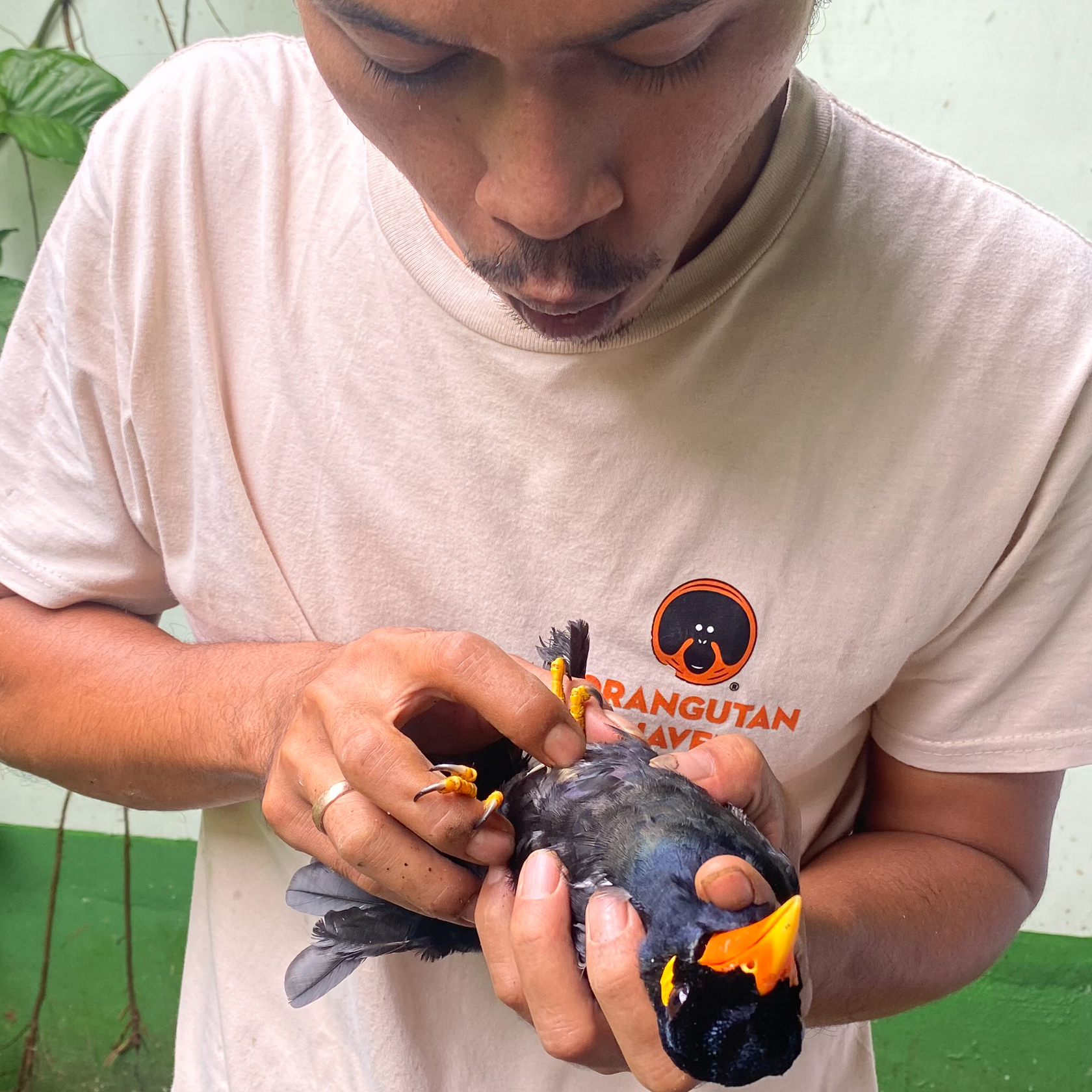
“Being able to see the progression of facilities a year apart has been incredible, the most rewarding part for me is seeing how the breeding and husbandry skills of the staff have developed. While it is fulfilling to share my keeping knowledge with the team, it is a true privilege to work first-hand with arguably the most threatened songbirds in the region.”
